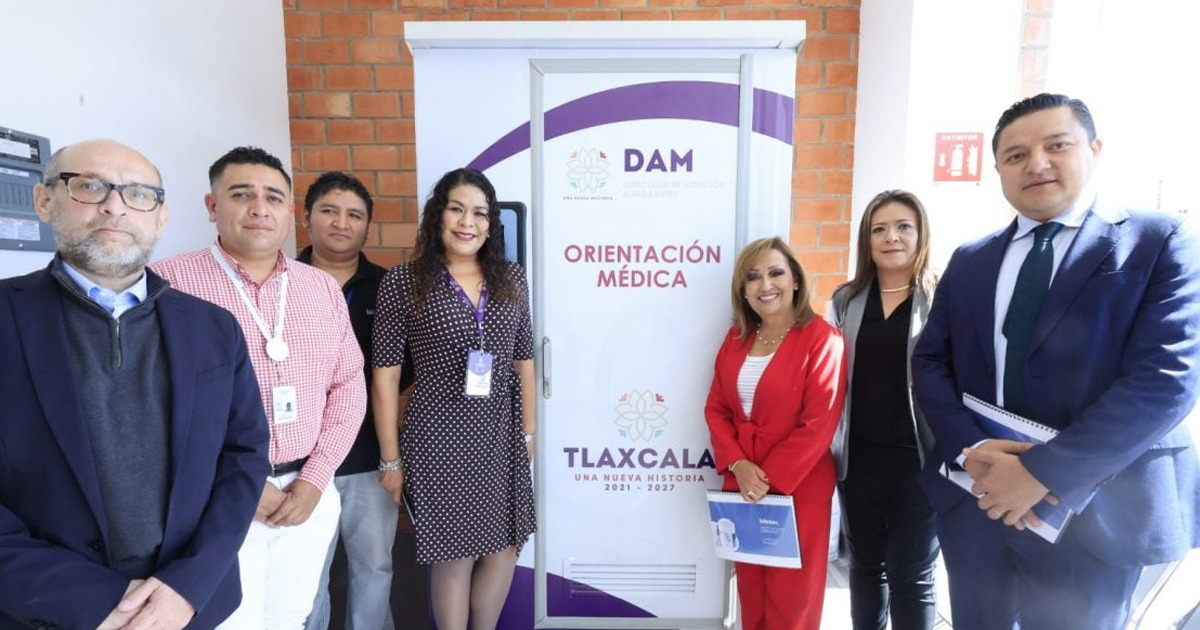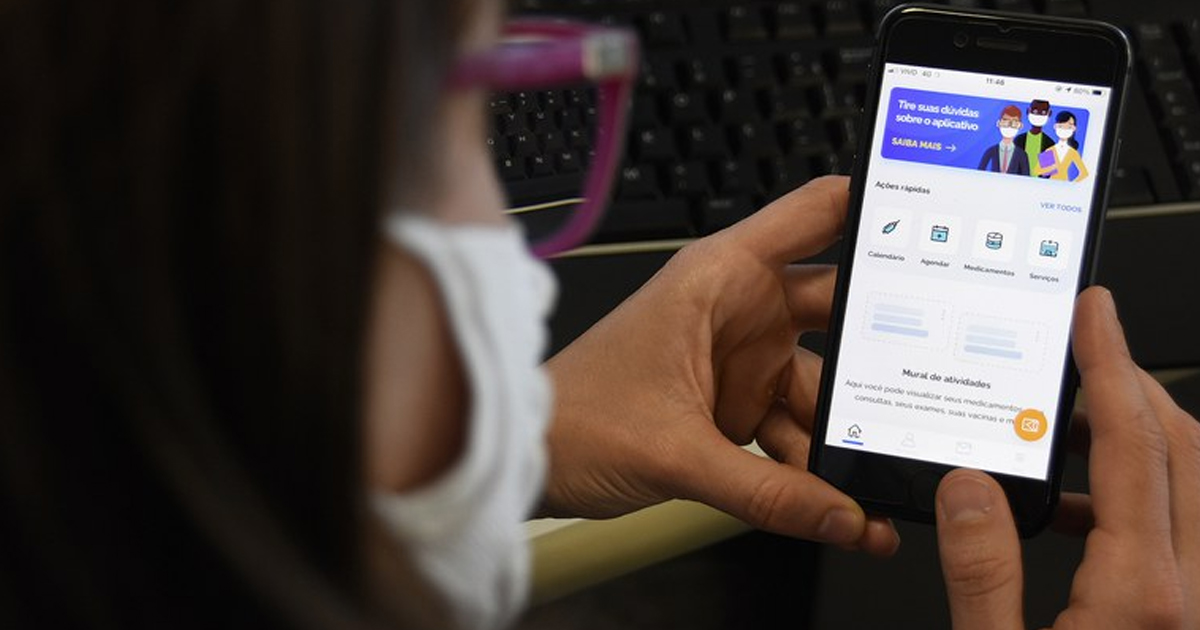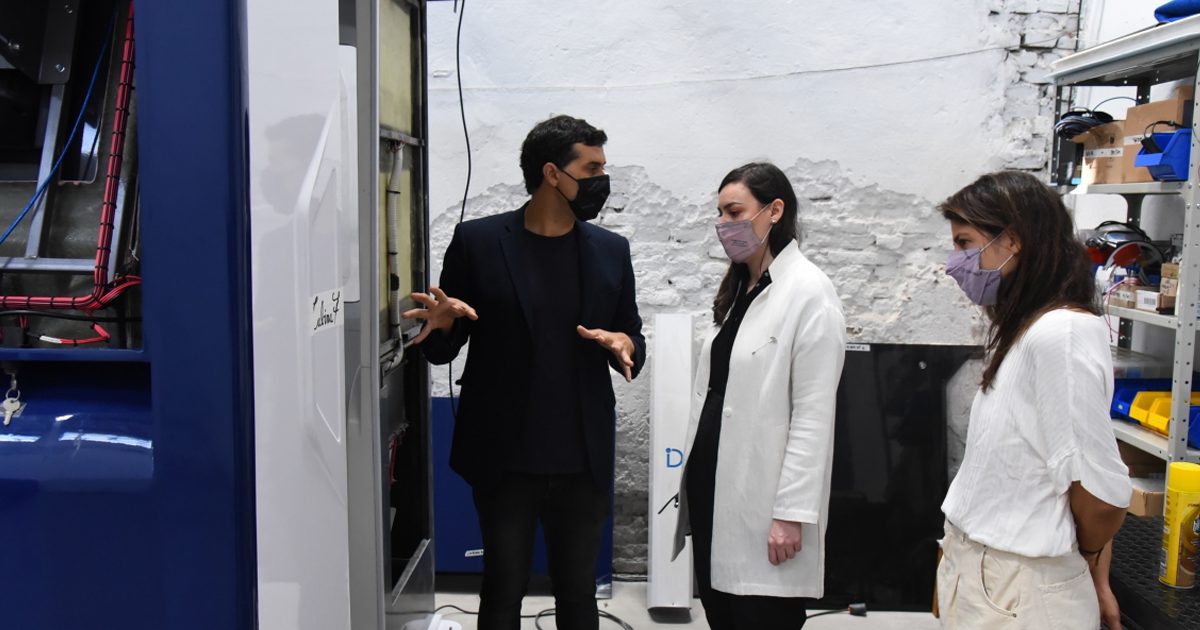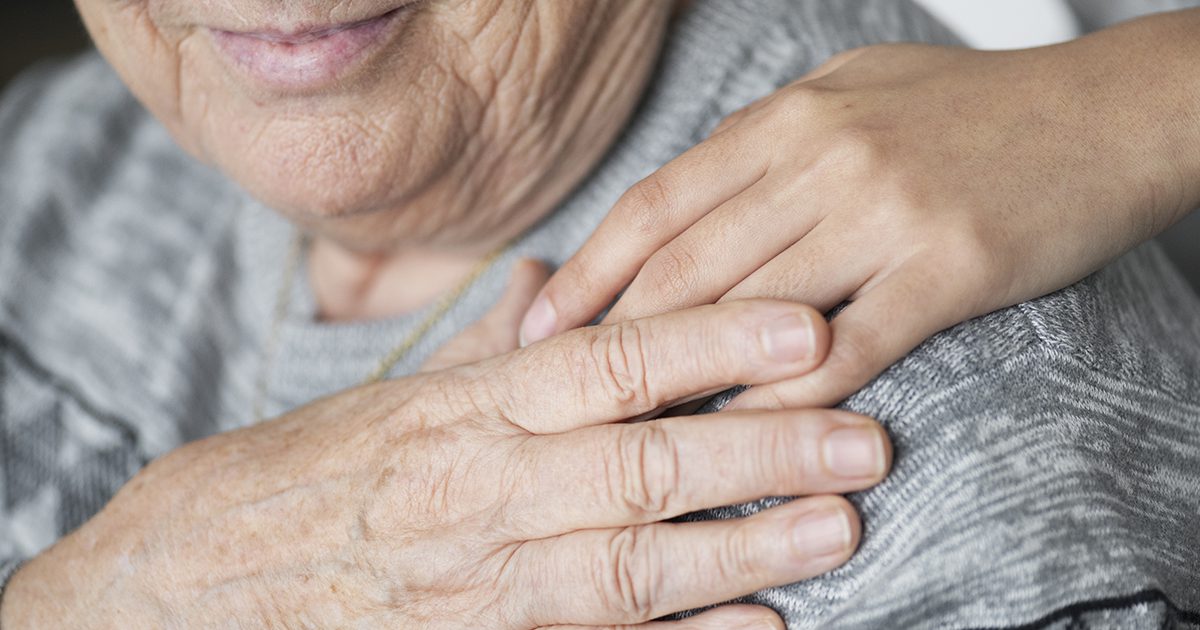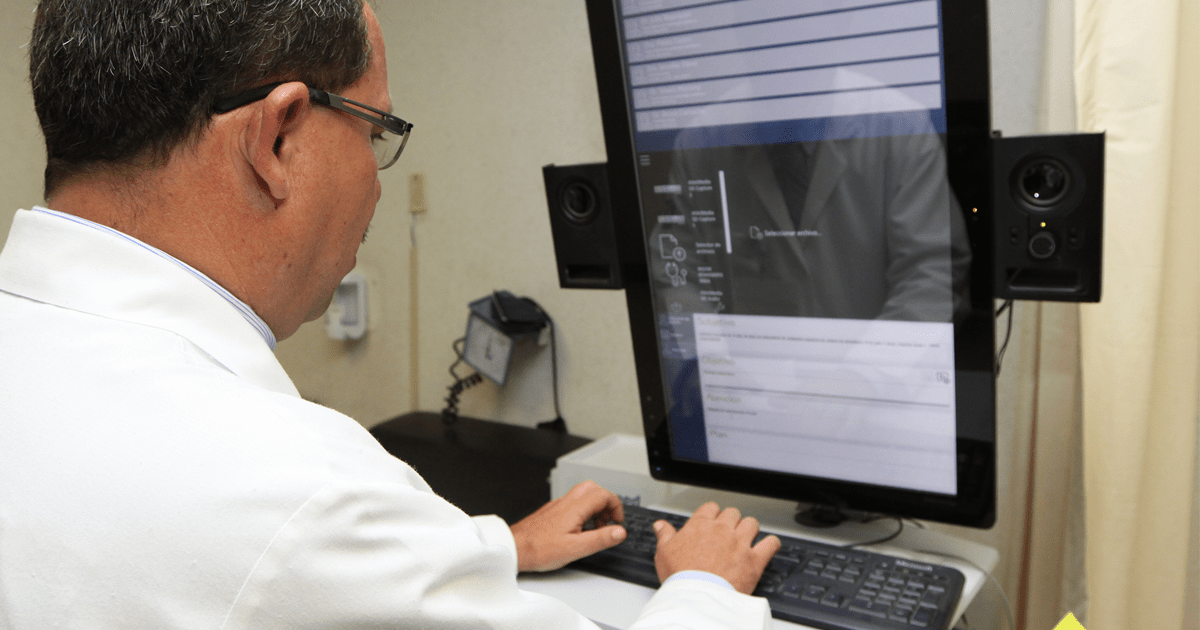This is a non-invasive procedure using a photograph of the patient's eye conjunctiva.
Researchers at Cayetano Heredia University (UPCH) developed a mobile app that seeks to facilitate the diagnosis of anemia in children, a disease that affects more than 40% of children up to 35 months in Peru.
Mirko Zimic, head of the Bioinformatics, Molecular Biology and Technological Developments laboratory at UPCH and his team, sought to perfect traditional screening techniques of lowering the eyelid and observing the conjunctiva using a flashlight.
In this way, to avoid or reduce difficulties when performing traditional methods such as blood tests, they developed this application that simplifies the process to "capture the digital photograph of the conjunctiva of the eye with a cell phone, which also records the child's age and gender, and takes geographic coordinates using GPS," Zimic explained.
However, to use the app you need prior technical training to take the photos at the right angle and distance to get the resolution you need. In addition, there are exclusion criteria such as eye or respiratory infections, fever and congestion that cause the conjunctiva to redden.
When taking the photograph, the information is processed using an AI algorithm, which measures hemoglobin in the blood through their color.
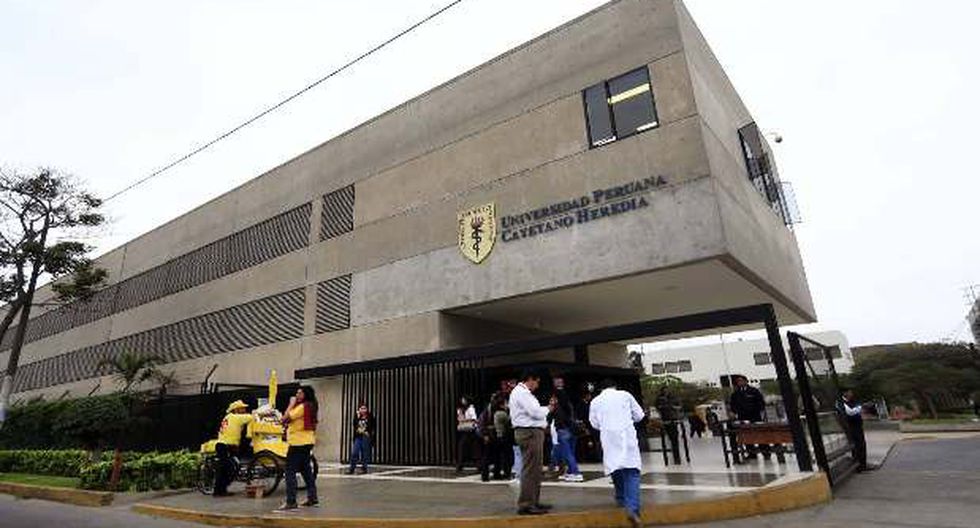
For initial development, cyanmethemoglobin tests were taken from 540 children to contrast those with the images taken in the app. Sensitivity of 90% was recorded when severe and moderate cases were detected and 70% for mild cases. Zimic acknowledged that a broader database is required so they are in collection process and they hope to complete that in April. This seeks to improve the algorithm's detection level.
In addition, the Specialist in Disease Control and Prevention at Johns Hopkins University, recognized that current methods are not reaching the entire population and the application can be implemented massively and free of charge. He said that it could be used in other countries of the region making adaptations in the algorithm depending on the geographical area and altitude.

